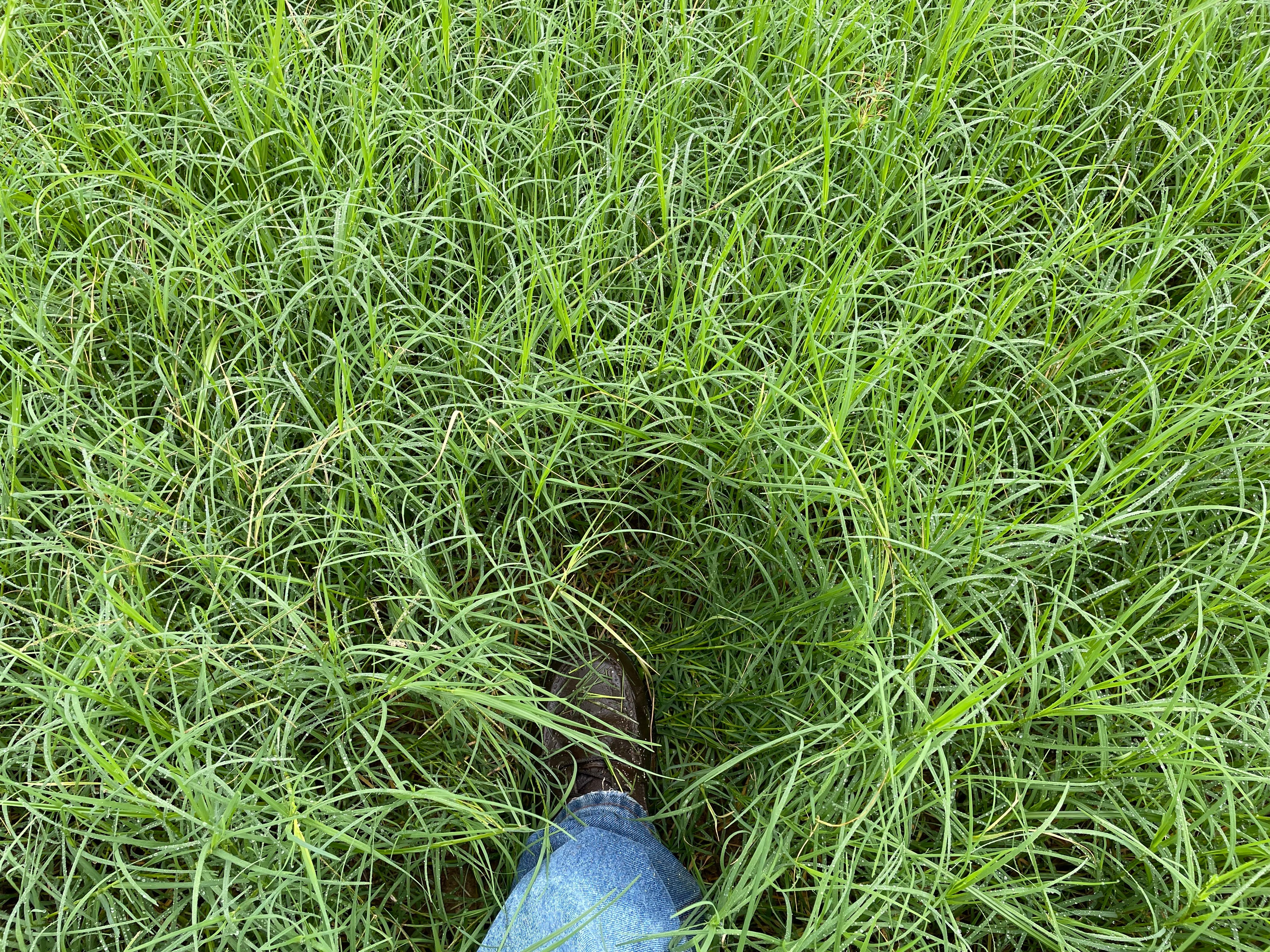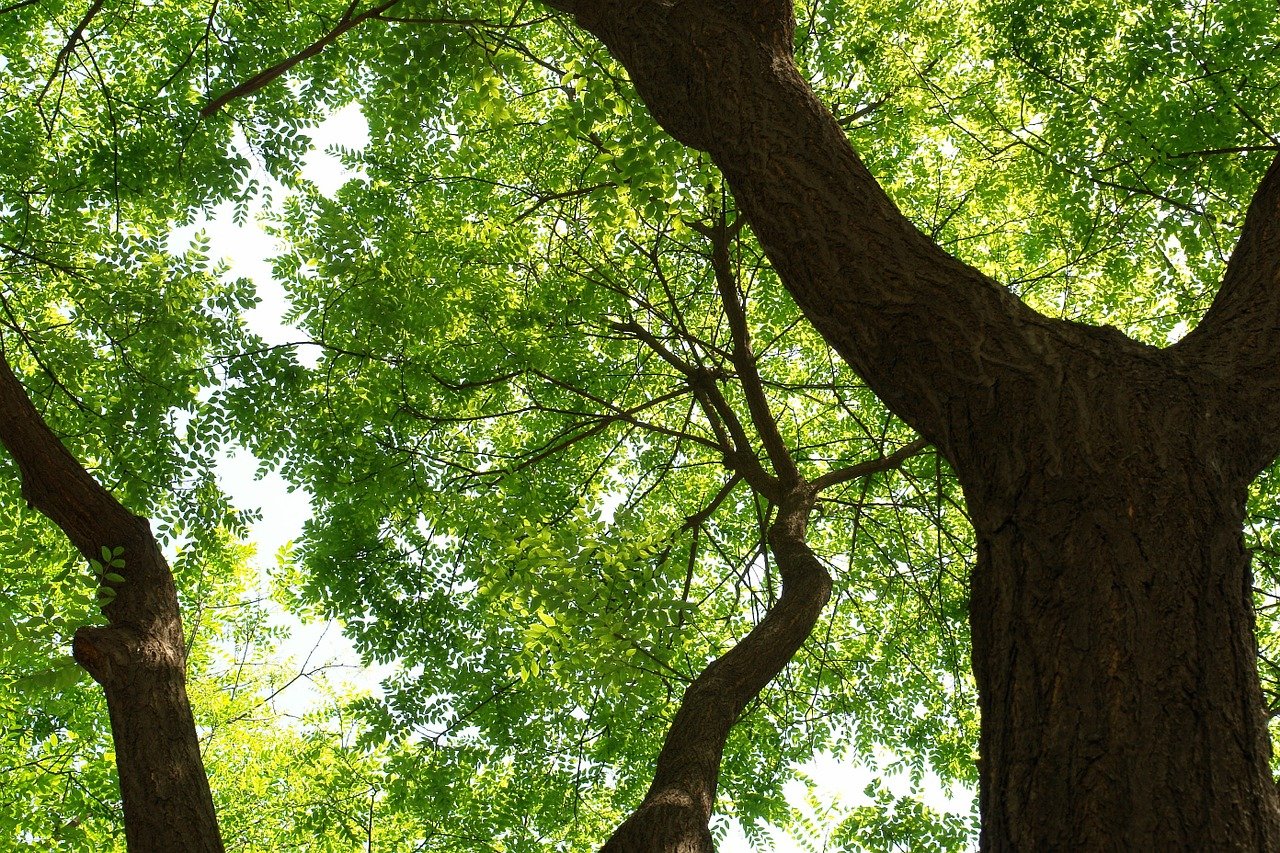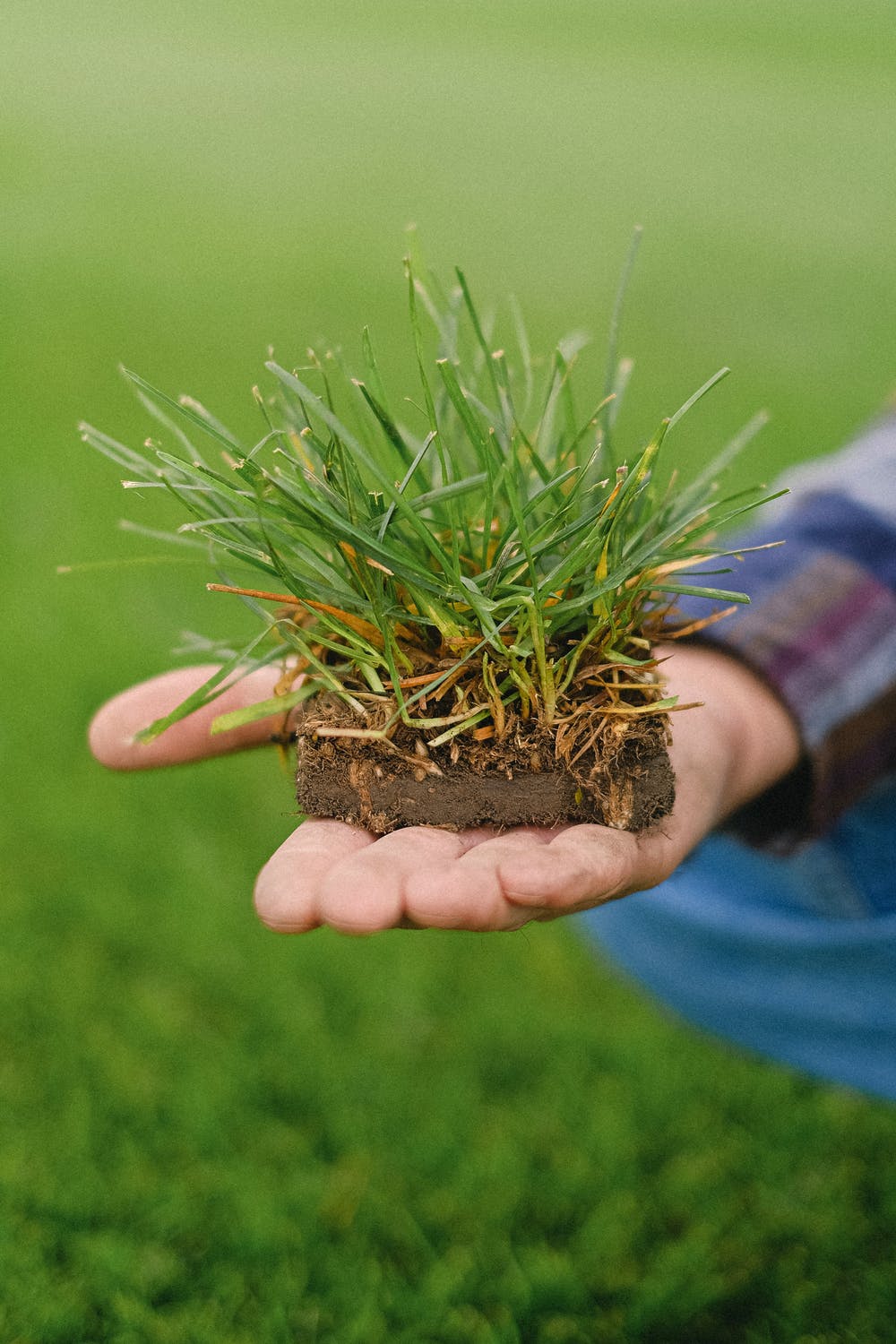We all feel the increased cost of groceries lately, and analysts predict prices will continue to grow for the foreseeable future. One of the significant factors driving this is an incredible rise in fertilizer costs, due to raw material scarcity and rising fuel costs. In most cases, farmers have to make an economic decision to either reduce fertilization levels or skip an application altogether, resulting in lower yields. It's a lose-lose proposition, but it doesn't have to be.
Extensive studies indicate that building soil health is essential to reducing fertilizer inputs while enhancing plant health. The fastest path to lower fert costs and better yields is the application of biostimulants; naturally-derived substances that enhance soil microbial activity and significantly improve plant uptake and utilization of nutrients. We use several of these products, with Holganix leading the pack as our all-around favorite. While most of our use has been on commercial, campus, and industrial sites, we recently had phenomenal results in an agricultural setting.
This is our own case study.

This summer we had 40 acres of dry land sprigged with Russell Bermuda for hay production. The land had lain fallow and had not been limed or fertilized for years. We limed in the fall and moved the pH from 5.1 to 6.0 prior to sprigging the third week of May.
According to our rain gauge, we received just over 0.10" of rain after sprigging, then not a drop for six weeks of hot, dry Georgia summer drought. After two weeks of watching the sprigs bake to a nice golden hue, we hit the fields with Holganix Bio 800 Agriculture and Amp Agronomy's K&P in the hopes that the sprigs below ground would survive. We did not apply any nitrogen or conventional fertilizer.
Fast forward to mid-July, after a couple of nice rains, relieved the drought, and we were pleasantly surprised to have 12 to 16" of lush Bermuda. Our friend and neighboring farmer sprigged about 4 acres at the same time and lost it all. After seeing ours he said we must be living right, and "I want some of that juice you used!".
To recap, 8 weeks after sprigging, with 6 of those weeks having no rain, we were blessed with healthy, thick grass with no nitrogen. We did half-rate fertilization after mowing in late July and felt confident in a first-season cutting of the hay. So, in year one, with Holganix Bio 800 Ag, K&P, and very light fertilization, we yielded around 6 tons per acre of hay in a drought year.
We'll take that, and look forward to using the Bio 800 on our other crops going forward!
1 Oct 2024


